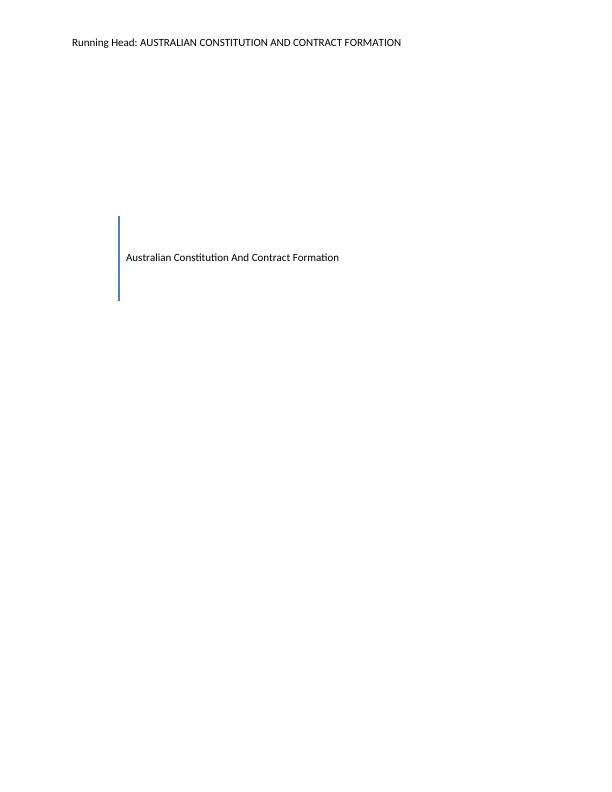Australian Constitution and Contract Formation
11 Pages2773 Words330 Views
Added on 2023-04-24
About This Document
The article discusses the doctrine of separation of powers in Australia and its application in the country. It also explains the elements of a valid contract and their application in a given context. The article provides insights into the legal system of Australia and its functioning.
Australian Constitution and Contract Formation
Added on 2023-04-24
ShareRelated Documents
End of preview
Want to access all the pages? Upload your documents or become a member.
Separation of Powers in Australia: Extent and Sufficiency
|22
|6837
|231
Australian Constitutional Law
|6
|1474
|71
Understanding the Doctrine of Separation of Powers in Australia and Contract Law
|14
|3282
|470
Doctrine of Separation of Powers and Essential Elements of a Contract
|12
|2773
|277
Federal and State Constitutional Law Assignment
|12
|3035
|80
Government and Citizenship in Australia
|9
|2281
|44




